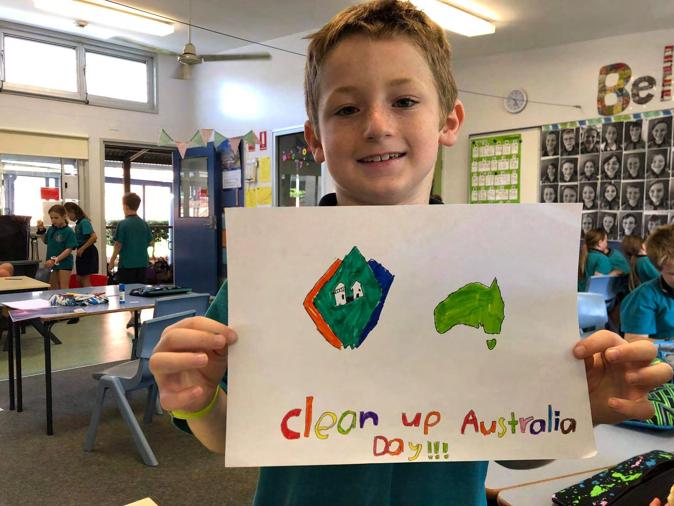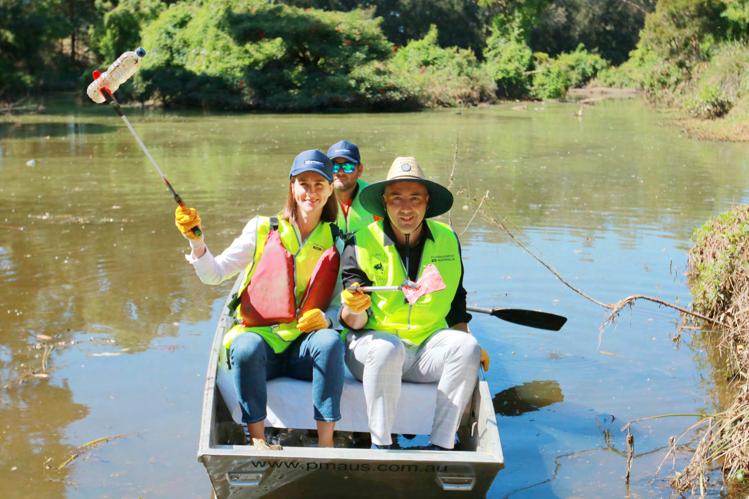
1 minute read
Rubbish Report
The Rubbish Report is a snapshot of rubbish removed by volunteers during a calendar year. Since 1991, the Rubbish Report has proven to be an invaluable resource in identifying trends in the types and spread of rubbish throughout Australia. It continues to demonstrate the importance of refusing, reducing, re-using and recycling rubbish. In 2021 Plastic was the most common rubbish type, representing 39.9% of all rubbish items reported. This is the 27th year that plastic has dominated the ‘Major Types of Rubbish’. Soft plastics again dominated this material type, with 2021 volunteers counting 38,266 items, representing 17.7% of all surveyed rubbish and 44.4% of plastics. Miscellaneous items took second position at 17.8%. The most common item reported continues to be cigarette butts, reflecting 80.7% of reported items in this category. Metals represented 12.7% of the total count this year. Soft drink and alcoholic beverage cans continue to dominate, representing 33% of metal rubbish reported. Metal bottle caps were next in line at 22.5%, an unfortunate increase on their 15.8% representation in 2020. Foil confectionery wrappers continued to be prevalent in 2021, representing 20.9% of counted metals. Paper recorded 12.4% of all rubbish reported. Within this category, small pieces of paper continue to dominate, reflecting 20.7% of the count. This was closely followed by napkins & tissues at 16.8% and fast-food packaging at 15.6%. Glass reflected 8.5% of the count. Glass pieces continue to dominate counts, representing 37.1% of reported glass. These were closely followed by alcoholic beverage bottles, which accounted for 32.7% of counted items. These litter sources were followed by polystyrene at 6.1% [5% in 2020], then rubber at 1.5% and wood at 1.2%, each of which was consistent with 2020.

Advertisement










